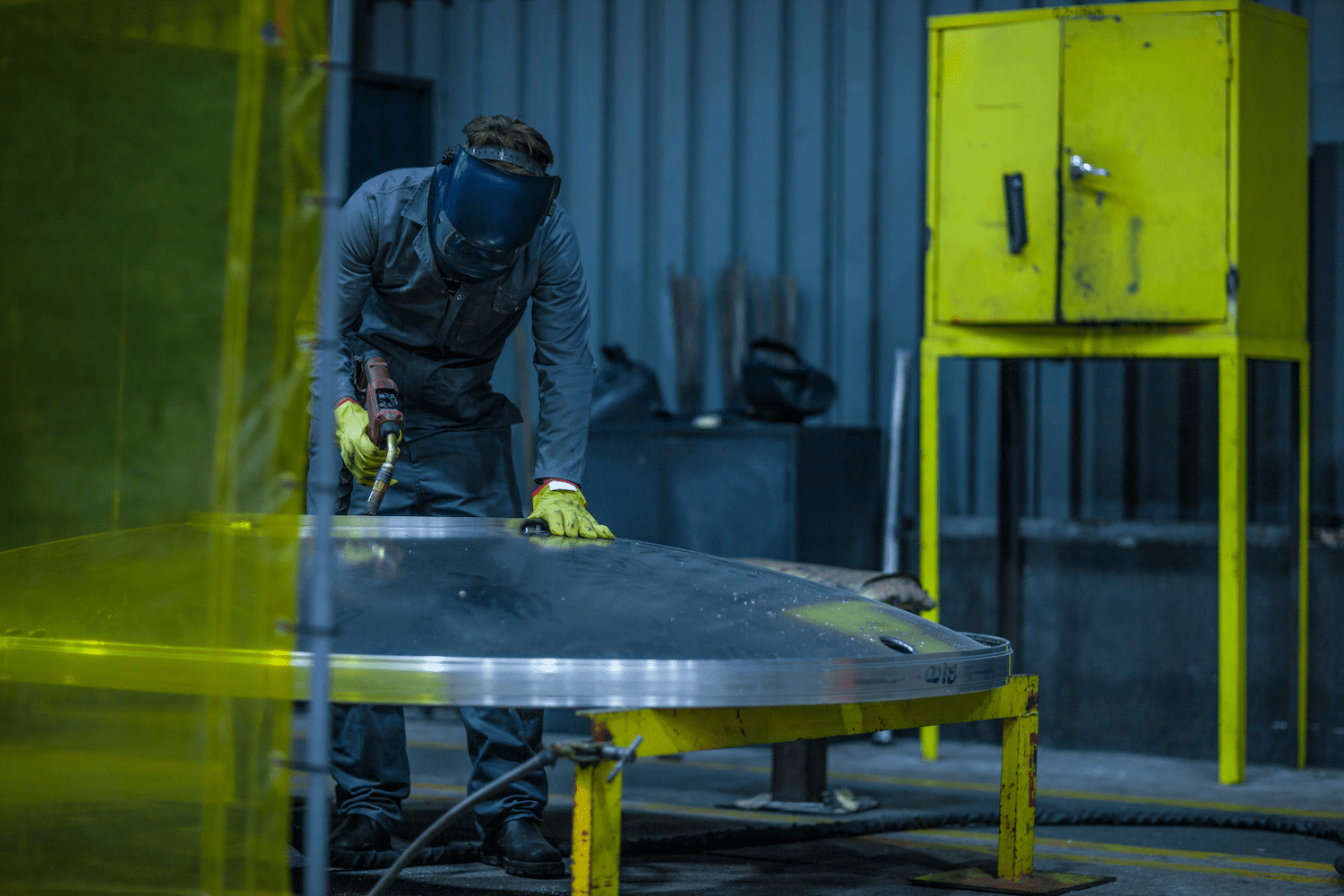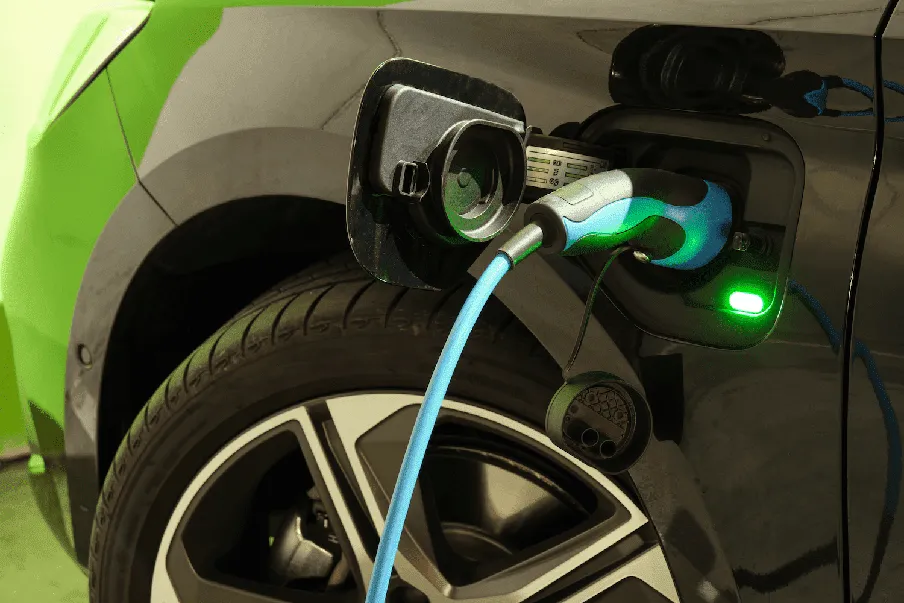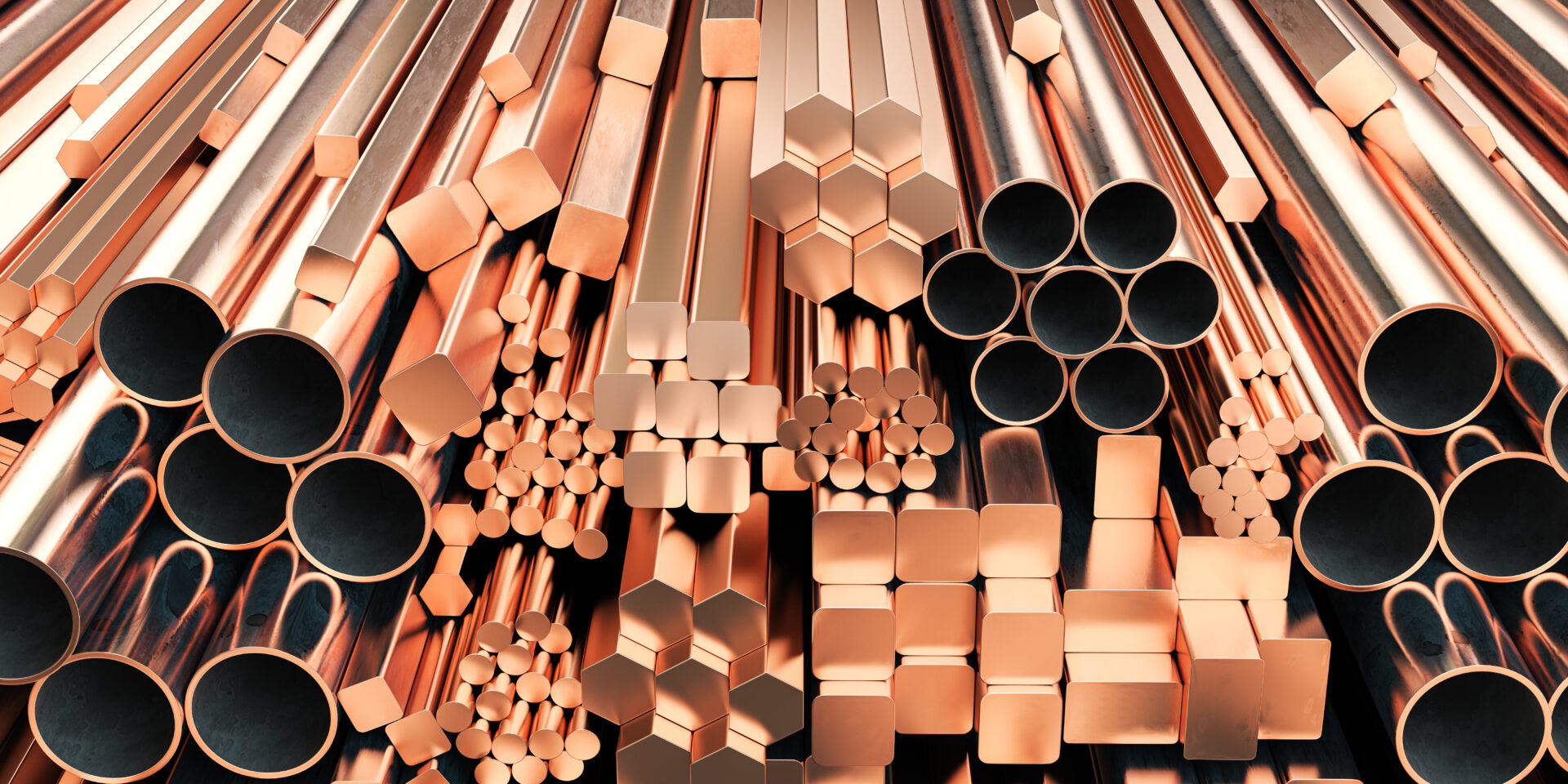
Did you know that copper is one of the most valuable metals for scrap recycling? It’s naturally antibacterial, corrosion resistant, and one of the few metallic materials that can be directly used in its natural state. For these reasons, the importance of recycling this material cannot be understated. Bare bright, #1 Copper, #2 Copper, #3 Copper are just a few of the copper scrap grades that recycling centers process.
But, with so many grades of copper to decipher between, it can be hard to tell the difference. In this blog, we’ll delve into the distinctions between #1 Copper and #2 Copper, examine the properties of Bare Bright Copper and Insulated Wire, and discuss the importance of proper sorting and recycling practices. So, let’s dive right in!
The Different Grades of Copper Explained
When it comes to understanding the grades of this valuable red metal, it may be hard to tell the difference. So, we’re here to simplify it. The reason there are multiple copper grades is because of variability in copper sources and the manufacturing processes they undergo.

Factors such as purity levels, alloying elements, and physical condition significantly influence the quality and properties of copper scrap. As a result, various grades are established to categorize copper based on these factors, allowing for more precise sorting and recycling.
Now, we’re going to discuss the grades of copper, starting from the most valuable type.
Bare Bright Copper
First and foremost, bare bright copper stands out as one of the highest-quality grades of copper scrap available in the recycling industry. It is characterized by its clean, unalloyed composition. Moreover, bare bright copper does not have any coatings or impurities. This makes it easy to process, which is why it is so valuable to scrap metal recyclers.
This grade specifically refers to uncoated and unalloyed wire or cable, no thinner than 16 gauge, meeting the stringent standards of #1 copper quality. Notably, copper piping falls outside this classification, making this grade the highest of all.
There are imposters however. Copper-clad steel wire looks very similar to bare bright copper. The best way to check is to test it with a magnet. If the magnet sticks to the metal, then it is not copper.
#1 Copper
Similar to bare bright, #1 Copper is unalloyed, uncoated copper free from contaminants such as paint, tar, insulation, and solder. This makes it exceptionally easy to recycle and repurpose. With a copper content of 98%+, #1 Copper is considered one of the most valuable metals on the market.
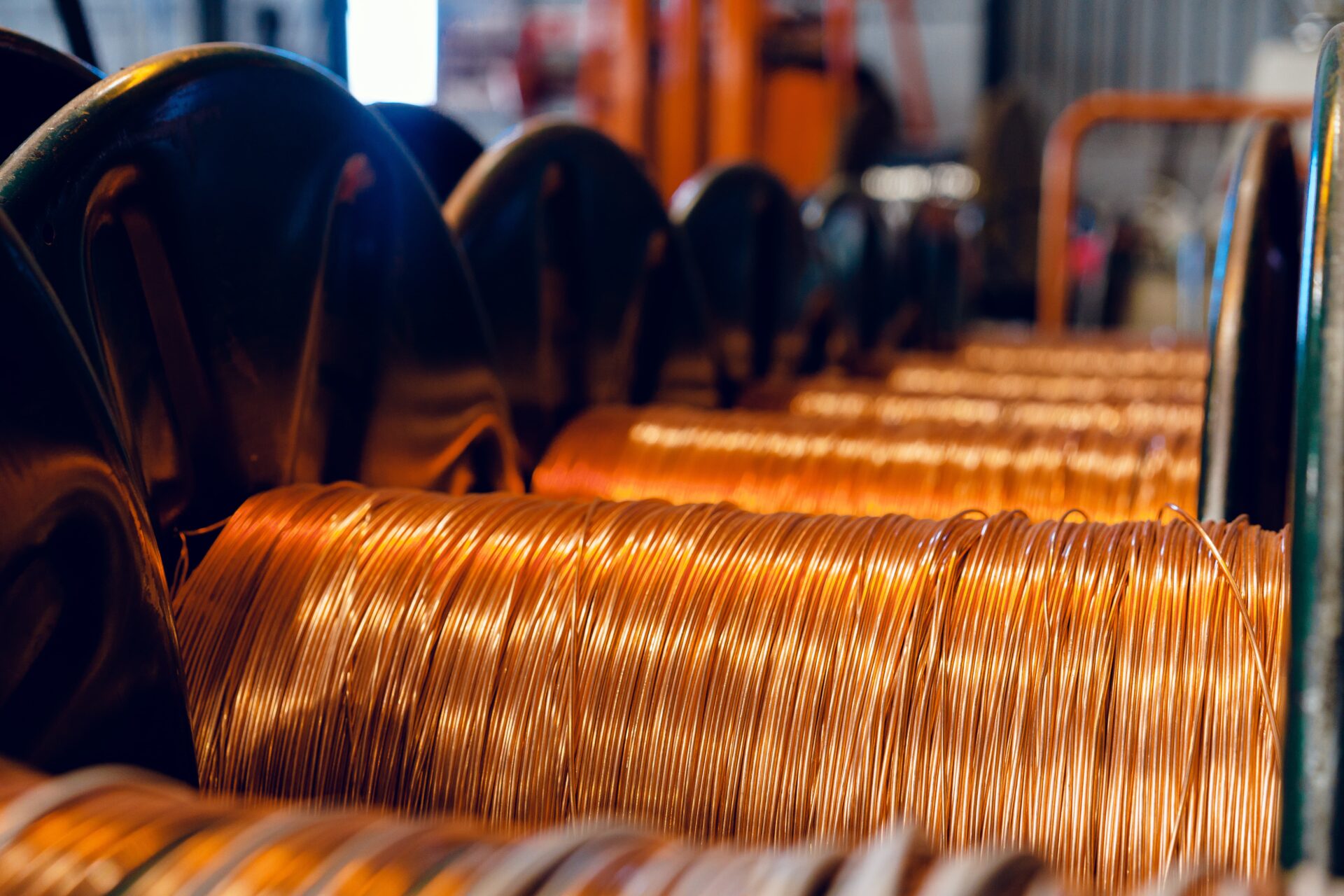
Clean copper tubing, the most valuable form of #1 copper scrap, is commonly used in plumbing and water line pipes and typically measures at least 1/16 of an inch in thickness.
#2 Copper
Next on the list is #2 Copper. It’s not as pure as #1 Copper, but it’s still valuable. This type of copper may have some coatings, alloys, or small amounts of impurities, which make it slightly less desirable for recycling compared to #1 Copper.
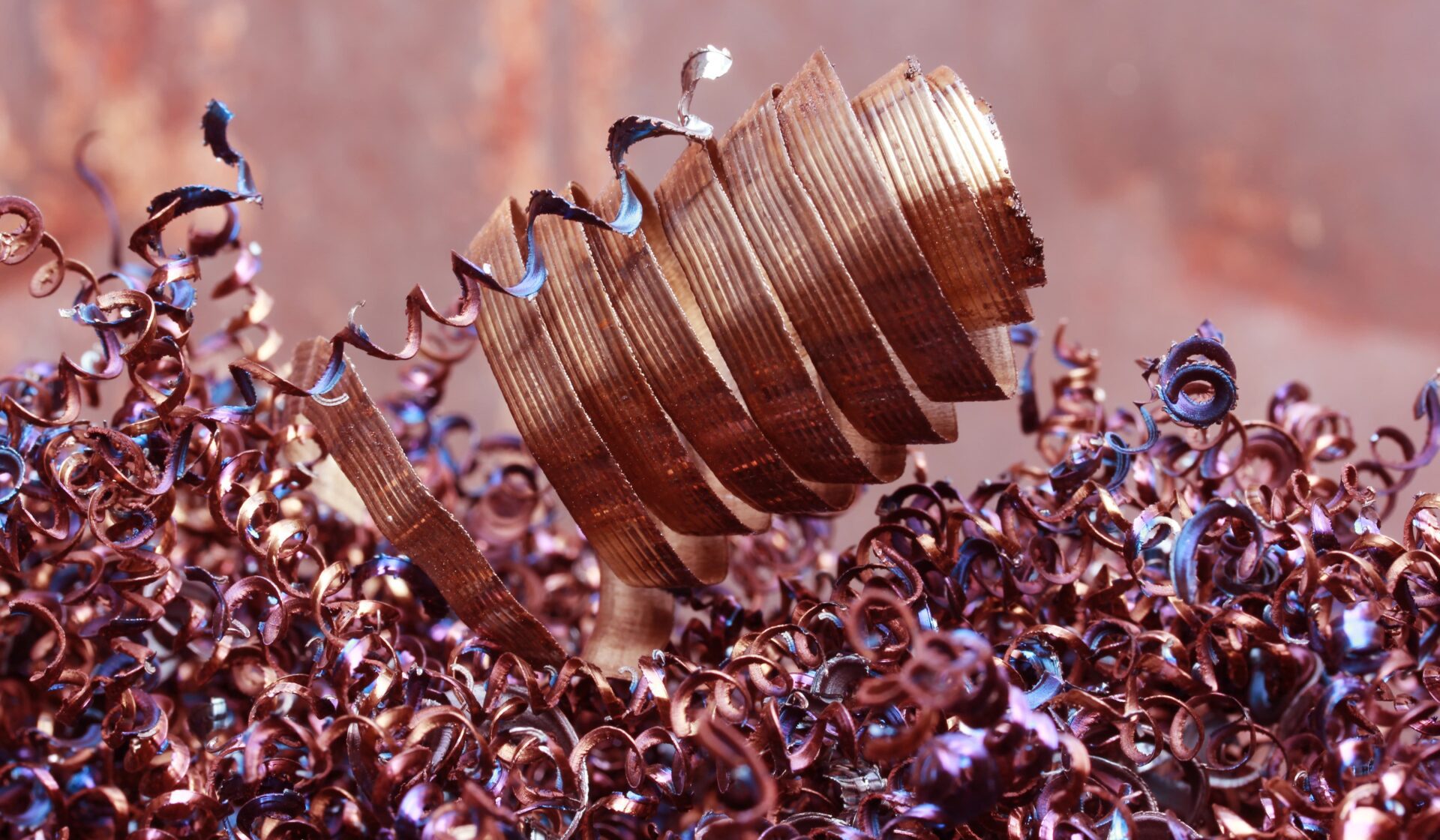
However, #2 Copper can still be found in various items like pipes, wires, and other copper materials. While it may not fetch as high a price as #1 Copper, it’s still sought after in the scrap metal market for its recyclability and usability in various industries. The minimum copper content of this type is between 94-96%.
#3 Copper
Finally, #3 Copper is the lowest grade of copper on the market and typically contains significant impurities or alloys. #3 Copper may include copper materials with extensive oxidation, coatings, or mixed metals, making it less desirable for recycling. While it still retains some copper content, about 88-92%, #3 Copper commands lower prices in the scrap metal market due to its reduced purity and usability.
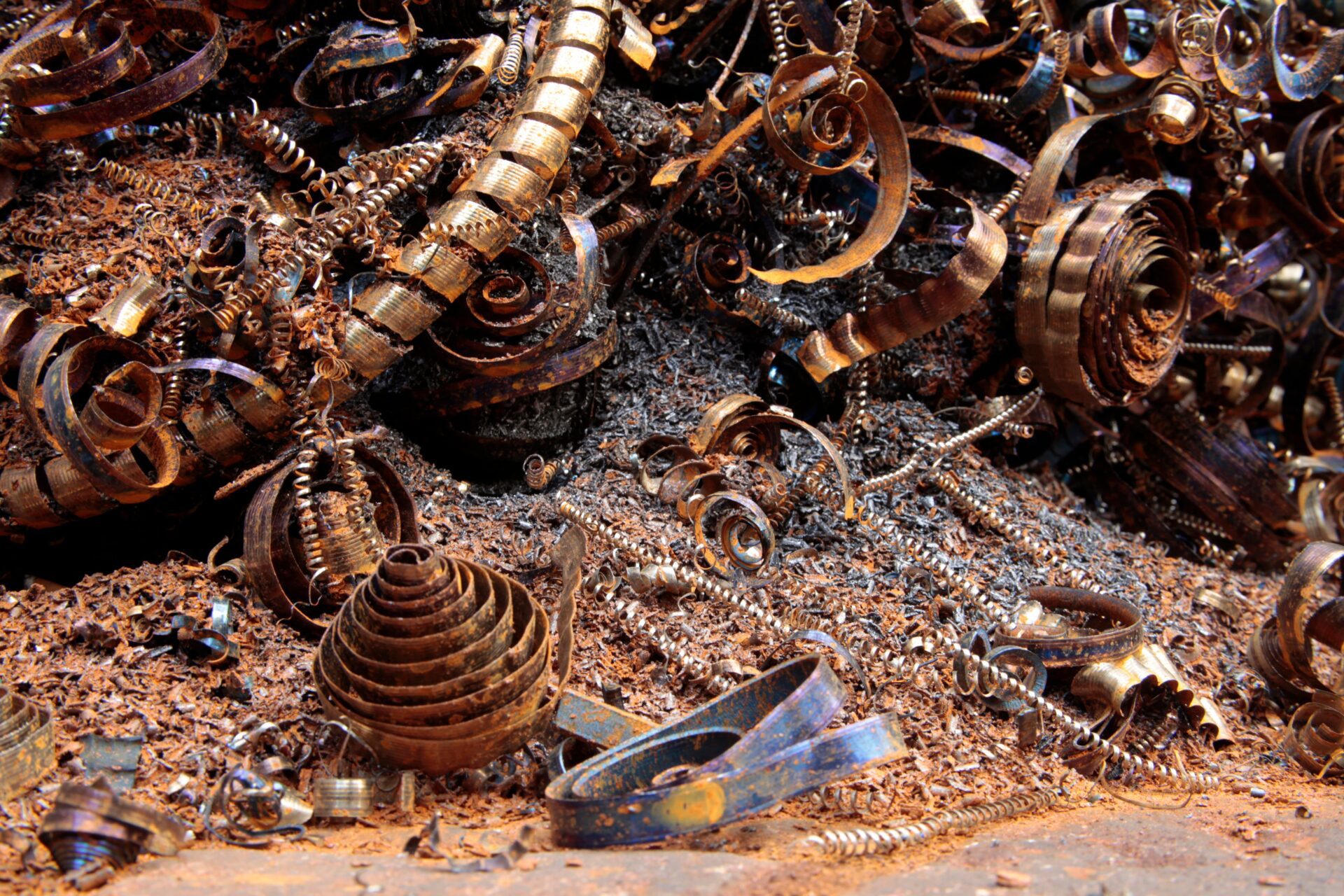
Why It’s Important to Recycle Copper Scrap
Copper is a finite resource, and mining operations to extract new copper can have significant environmental impacts, including habitat destruction and water pollution. By recycling copper scrap, we conserve natural resources, reduce energy consumption, and minimize greenhouse gas emissions associated with mining and refining processes.
Additionally, recycling copper scrap reduces the need for landfill space, mitigating waste disposal issues. From an economic perspective, recycling copper scrap contributes to a circular economy, where materials are reused and repurposed rather than discarded after a single use.
Moreover, the recycling industry stimulates economic growth through the processing and manufacturing of recycled copper materials. Overall, recycling copper scrap is essential for preserving the environment, conserving resources, and fostering sustainable development for future generations.
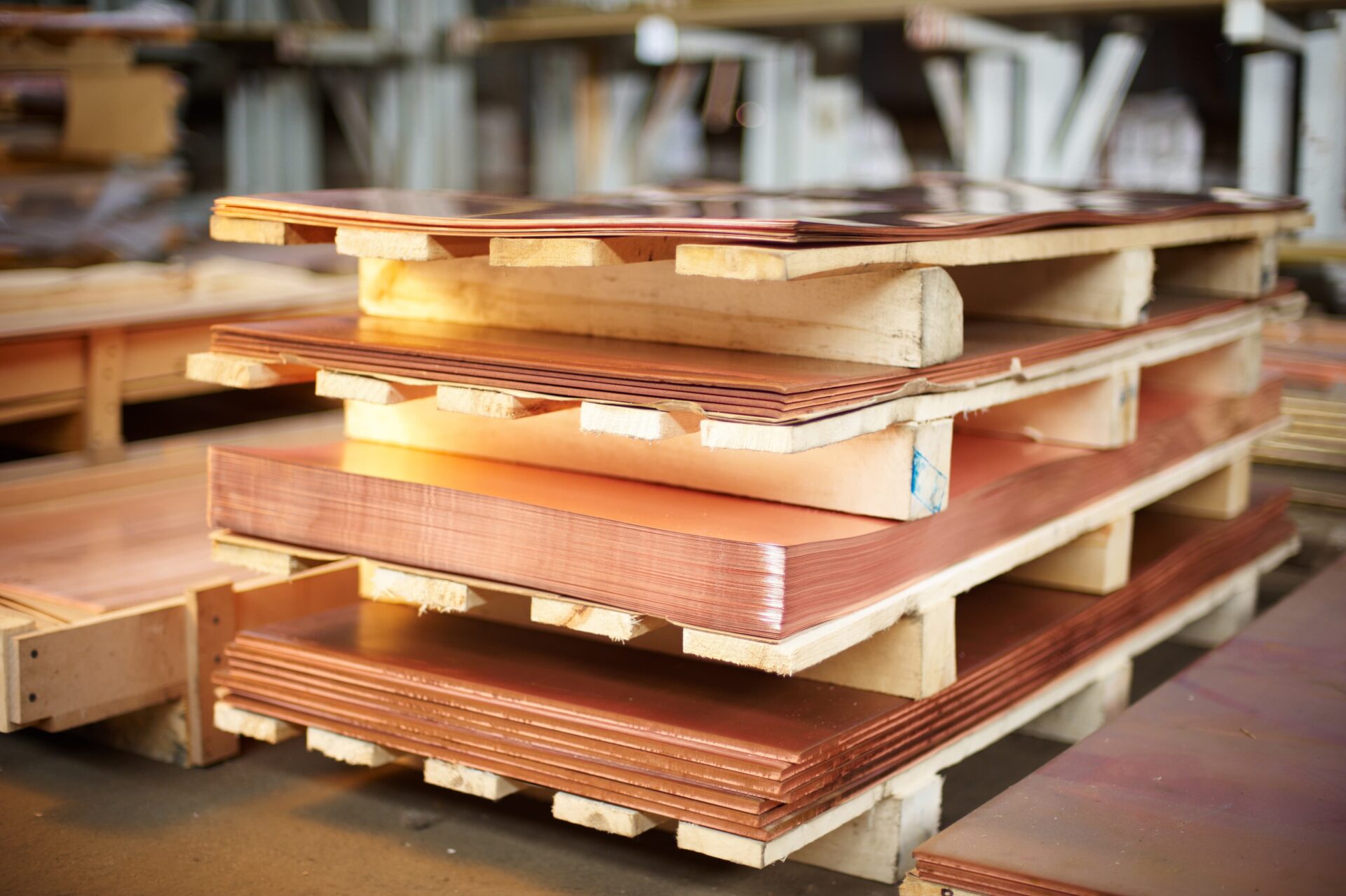
Let GLE Take Your Scrap Off Your Hands
As you can see, understanding the different grades of copper is essential for maximizing your scrap value. Now, the next step is to find a trusted metal recycler to make the most of your scrap.
At GLE Scrap Metal, we recognize the value of every grade of copper scrap, and we’re committed to providing top-notch recycling solutions. Our mission is to ensure that good copper doesn’t go to waste or contribute to environmental damage in landfills. Instead, let us guide you with competitive pricing and a commitment to putting your copper back into productive use.
So, whether you have a pile of copper wires or plumbing fixtures, remember that every piece counts. Let’s work together to turn scrap into success. Call us at 855-SCRAP-88 or visit our website to learn more and request a quote.
Download the recycling copper scrap 101 infographic below to keep this resource handy!


